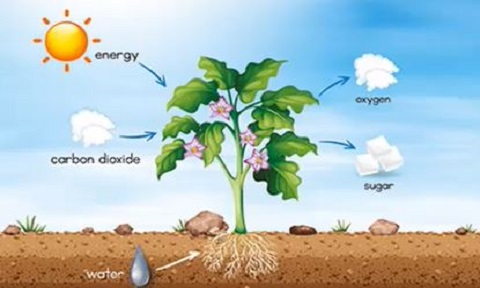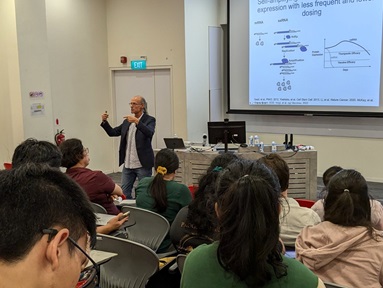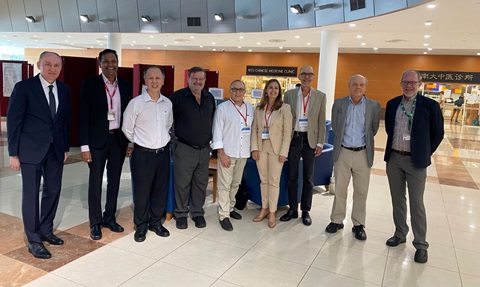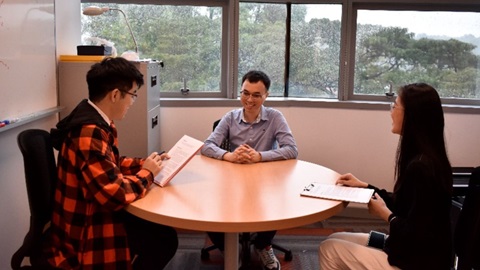Designing Confined Microenvironment at Functional Nanomaterial Interfaces for Enhanced Gas-Based Applications
IAS@NTU Discovery Science Seminar by Nanyang Asst Prof Lee Hiang Kwee
The webinar was jointly organised by IAS and the Graduate Students' Clubs of MSE, SCBE and SPMS.

Gas-based reactions are prevalent in the industry and in many critical biological functions such as photosynthesis. Despite the importance of gas reactions, it still remains a formidable challenge to drive and monitor these processes due to the intrinsically low molecular concentration of gas, especially at ambient conditions. While increasing gas pressure and reaction temperature could facilitate gas reactions and detections, these operations demand immense energy input and are notably unsustainable in the long run. A novel strategy is clearly needed to achieve ideal gas processes at ambient condition.
Prof Lee Hiang Kwee introduced the fundamentals and his research work on ‘Designing confined microenvironment for gas based reactions’ and explained how his research was able to realise efficient as well as sustainable gas-based reactions by concentrating gas molecules at the interface formed between a functional solid and a metal-organic framework (MOF).
The talk highlighted Prof Lee’s strategy to utilise MOF’s excellent gas sorptivity to selectively accumulate gas molecules onto nanoparticle surfaces with plasmonic and/or catalytic properties. Prof Lee further explained using surface-enhanced Raman spectroscopy (SERS) results on direct observation of gas molecules concentrating into a pseudo high-pressure microenvironments at the nanoscale solid at MOF interface, notably without the need for elevated operating temperature or pressure. He also presented application results of unique molecular phenomenon to activate a CO2 carboxylation of an arene that is otherwise inert at 1 atm and 298 K, as well as to favour the originally unfavoured electrochemical nitrogen reduction reaction.
Prof Lee concluded his talk on how nanomaterial interfacial design offers enormous and sustainable opportunities in relevant fields including chemistry, heterogeneous catalysis, greenhouse gases removal, and gas-to-fuel conversions. The webinar ended with an interactive Q&A session where Prof Lee addressed different questions related to applications, challenges, collaboration and potential future applications of sustainable design for confined microenvironment for gas based reactions.
Vijay Shankar Sridharan | MSE Graduate Students’ Club














/enri-thumbnails/careeropportunities1f0caf1c-a12d-479c-be7c-3c04e085c617.tmb-mega-menu.jpg?Culture=en&sfvrsn=d7261e3b_1)

/cradle-thumbnails/research-capabilities1516d0ba63aa44f0b4ee77a8c05263b2.tmb-mega-menu.jpg?Culture=en&sfvrsn=1bc94f8_1)

7e6fdc03-9018-4d08-9a98-8a21acbc37ba.tmb-mega-menu.jpg?Culture=en&sfvrsn=7deaf618_1)






